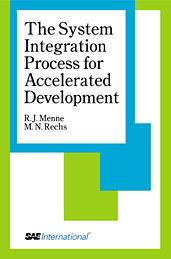Technical Paper
“Build Your Hybrid” - A Novel Approach to Test Various Hybrid Powertrain Concepts
2023-04-11
2023-01-0546
Powertrain electrification is becoming increasingly common in the transportation sector to address the challenges of global warming and deteriorating air quality. This paper introduces a novel “Build Your Hybrid” approach to experience and test various hybrid powertrain concepts. This approach is applied to the light commercial vehicles (LCV) segment due to the attractive combination of a Diesel engine and a partly electrified powertrain. For this purpose, a demonstrator vehicle has been set up with a flexible P02 hybrid topology and a prototype Hybrid Control Unit (HCU). Based on user input, the HCU software modifies the control functions and simulation models to emulate different sub-topologies and levels of hybridization in the demonstrator vehicle. Three powertrain concepts are considered for LCVs: HV P2, 48V P2 and 48V P0 hybrid. Dedicated hybrid control strategies are developed to take full advantage of the synergies of the electrical system and reduce CO2 and NOx emissions.

